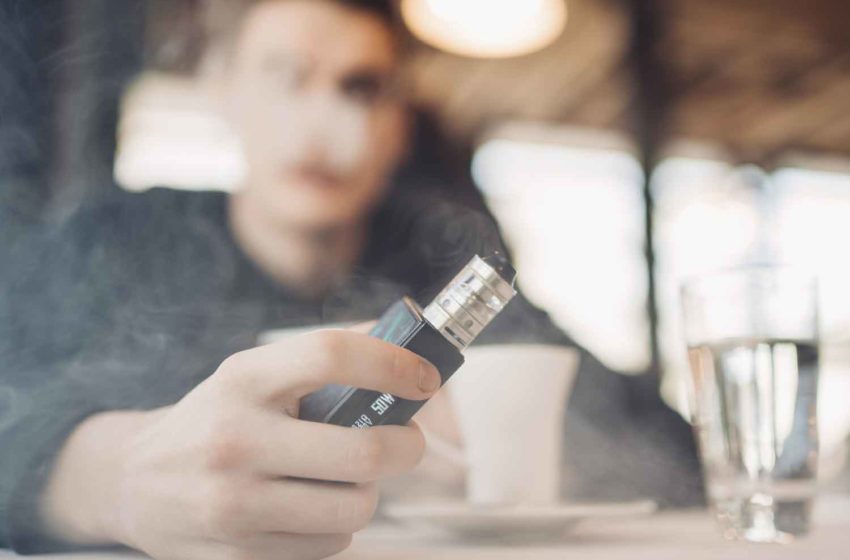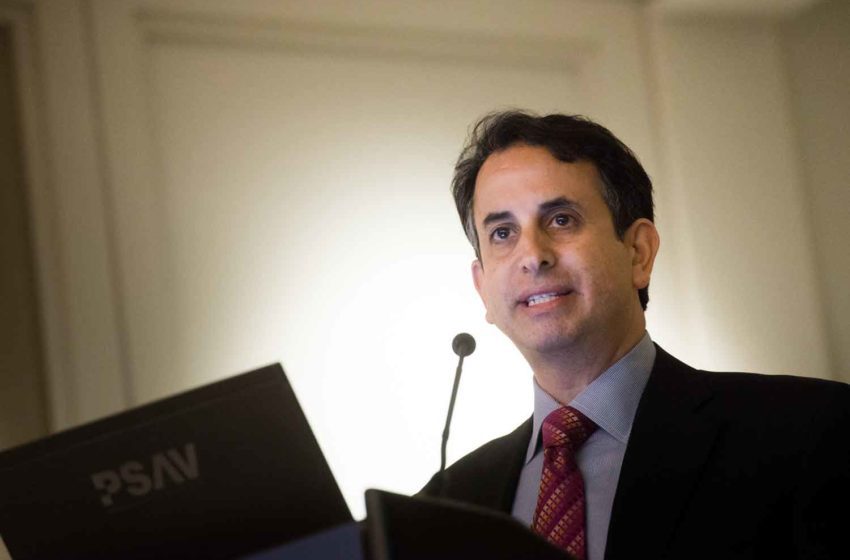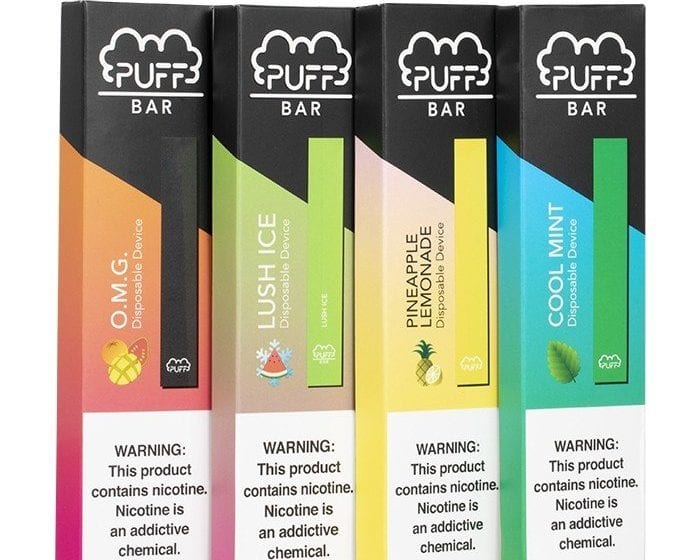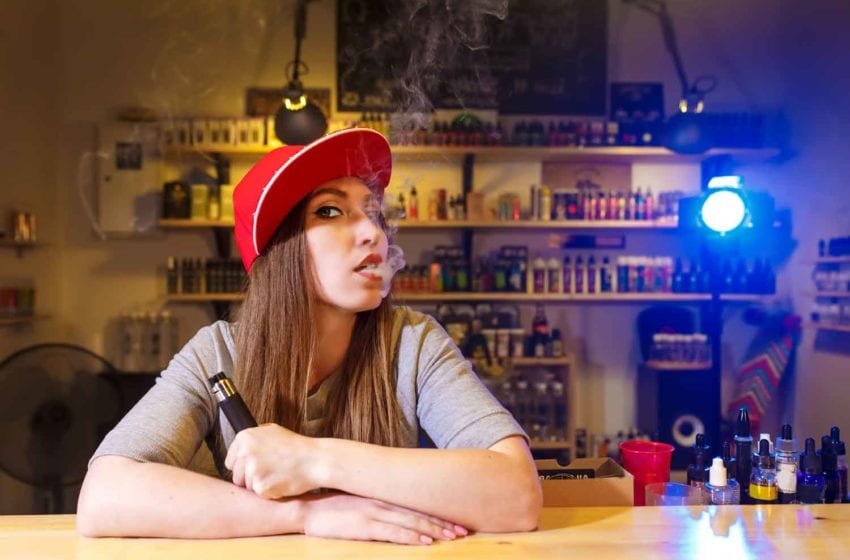While teen prevalence is down, those who vape are also using e-cigarettes more intensely. Read More
Tags :National Youth Tobacco Survey
The FDA risks jeopardizing its credibility and harm reduction mission, says trade group. Read More
Some 2.5 million U.S. youth are using e-cigarettes according to tobacco survey. Read More
But the use of disposable products is up, according to the National Youth Tobacco SurveyRead More
After two years of increases, youth vaping declined significantly in the U.S., according to the most recent National Youth Tobacco Survey.Read More




